Last week, I wrote about street names in Fallon and how they link us to our past—Williams Avenue, Richards Street, and more. I began to think about how little I know about Baron de Lahontan (sometimes spelled de la Hontan), whose name is familiar to all of us, attaching, as it does, to ancient Lake Lahontan, the more recently created Lahontan Dam, and Lahontan Valley.
The story's bare bones can be related straightforwardly, but the underlying story is more complex and fascinating. I’ll deliver the bare bones here, in a brief Postcard style, and save the more extended version for next year’s “In Focus” publication. Putting together what I am learning about Baron de Lahontan will be challenging.
The Bare Bones
In 1867, geologist Clarence King received congressional funding to undertake an independent survey of the Great Basin, a survey known as the Geological Exploration of the Fortieth Parallel. Accompanied by photographer Timothy O’Sullivan, King and his team explored areas from eastern California to Wyoming. They spent some time in this region studying the features of the large prehistoric Pleistocene lake, which they named Lake Lahontan. At its peak, about 12,700 years ago, Lake Lahontan was one of the largest lakes in North America, with a surface area of 8,500 square miles. King’s work led to the formation of the United States Geological Survey, with King as its first director.
So, why did King name the lake Lahontan?
King had read extensively and was intrigued by the life and writings of an early explorer named Louis-Armand de Lom d’Arce de Lahontan (1666-prior to 1716). Lahontan was a French aristocrat who inherited the title of Baron. He joined the French Troupes de la Marine and was sent to New France or French Canada in 1683. He was an exemplary soldier until he wasn’t. He led his men on successful campaigns against the Iroquois and the English. He lived with the Huron, learning their language and studying their ways, but then was charged with insubordination or deserting his station, or both, depending on which account you consulted. He lived in exile, first in Portugal, then in Amsterdam.
King’s admiration for Baron de Lahontan was based on Lahontan’s skills as an explorer and soldier, but equally so on the Baron’s interactions with and studies of French Canadian Native American tribes, especially the Huron. He, apparently, formed a deep bond with a Huron chief, whom he called Adario. In Amsterdam in 1703, he published three works in French based on his American experiences, one of which consisted of a series of dialogues with Adario. Adario exalted the freedom and love of justice he saw in his native peoples and compared them to the inequality and corruption he saw in “civilized” peoples of Europe. Baron Lahontan’s works captivated French readers and sold well.
Over a century later, Clarence King was one of his American readers. Thus, a French baron’s name is spoken daily in our Lahontan homes.
Please send me a Postcard at [email protected], if only to ask a question about our history. I’ll do my best to answer it.


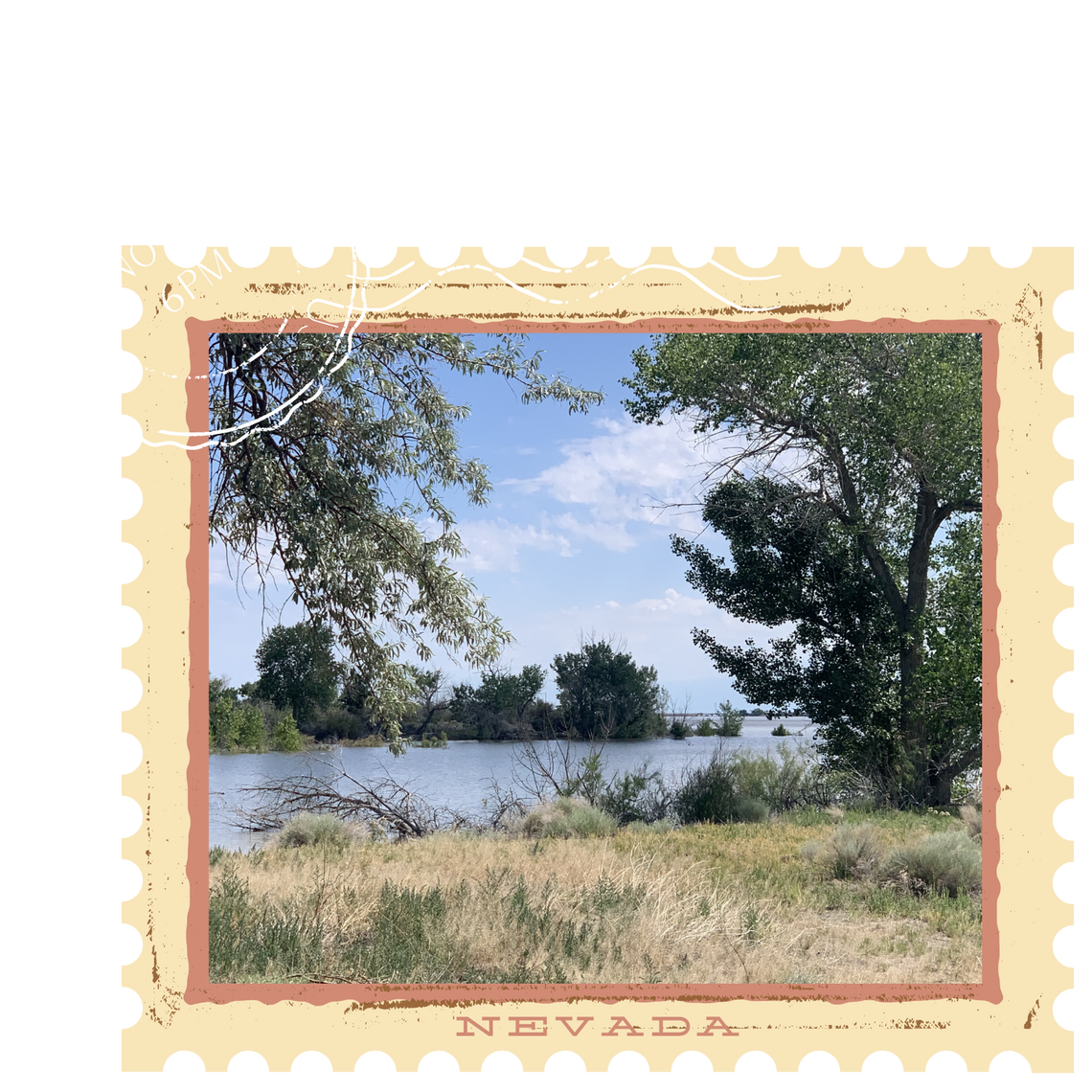
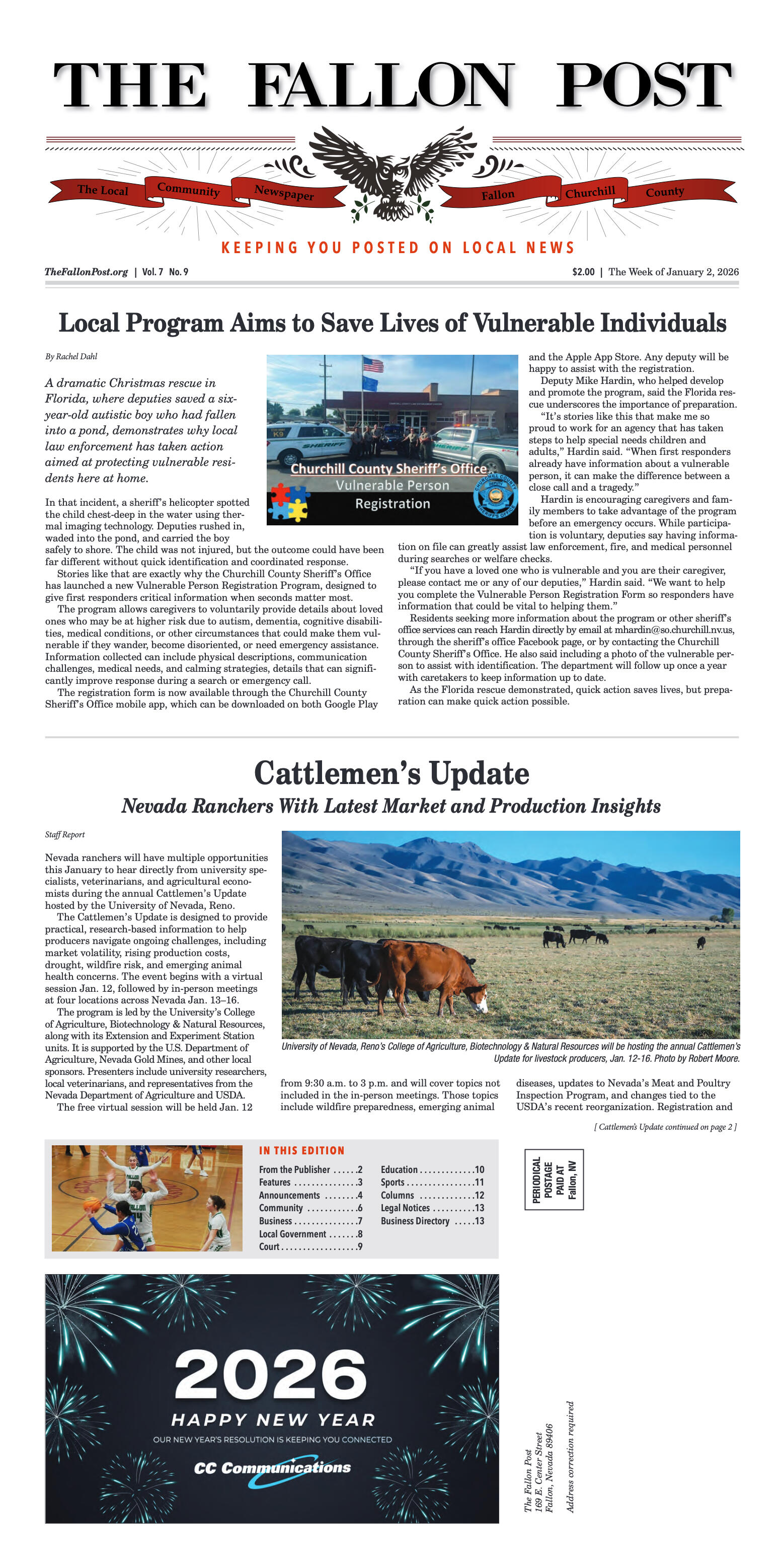
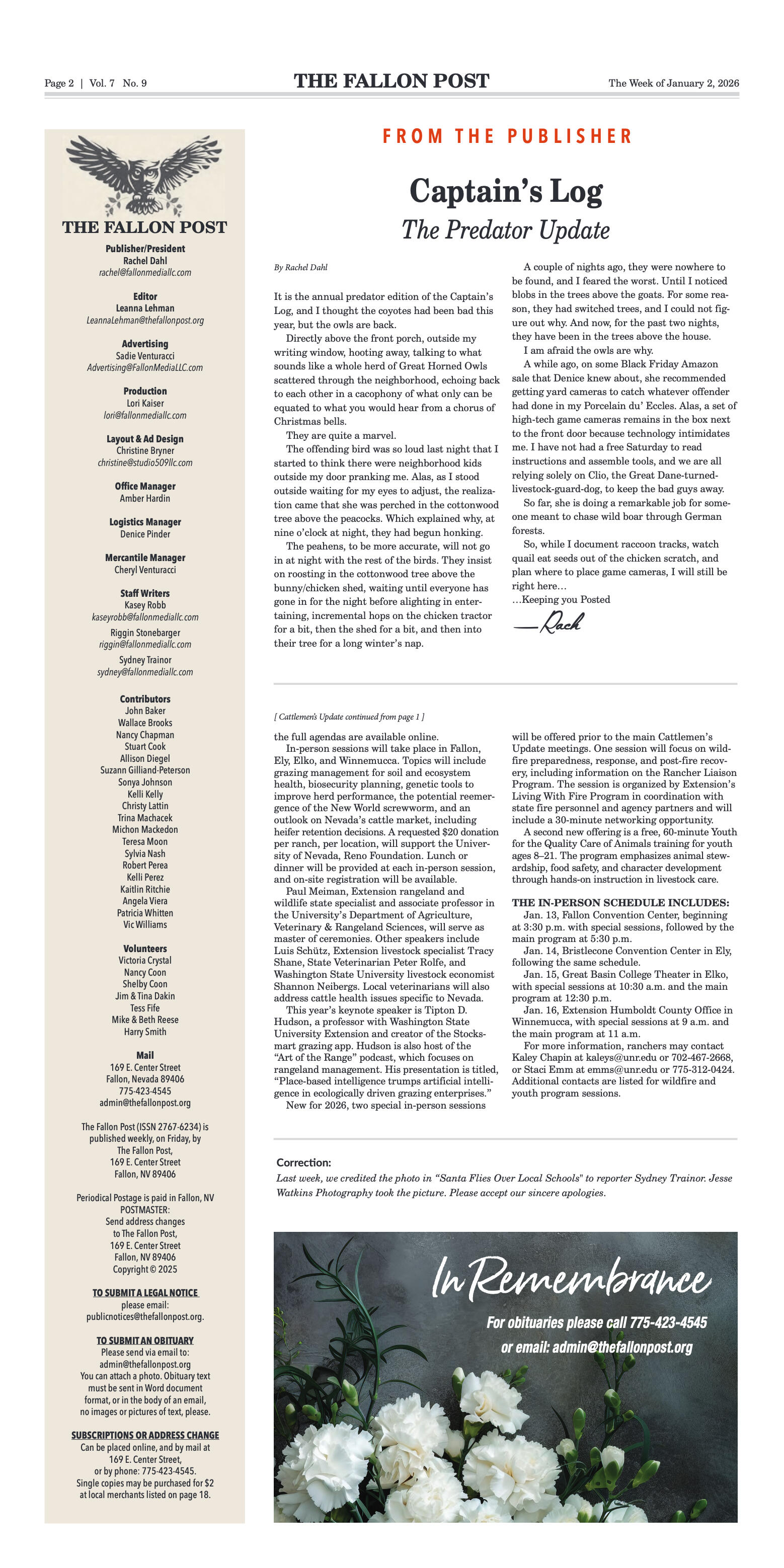

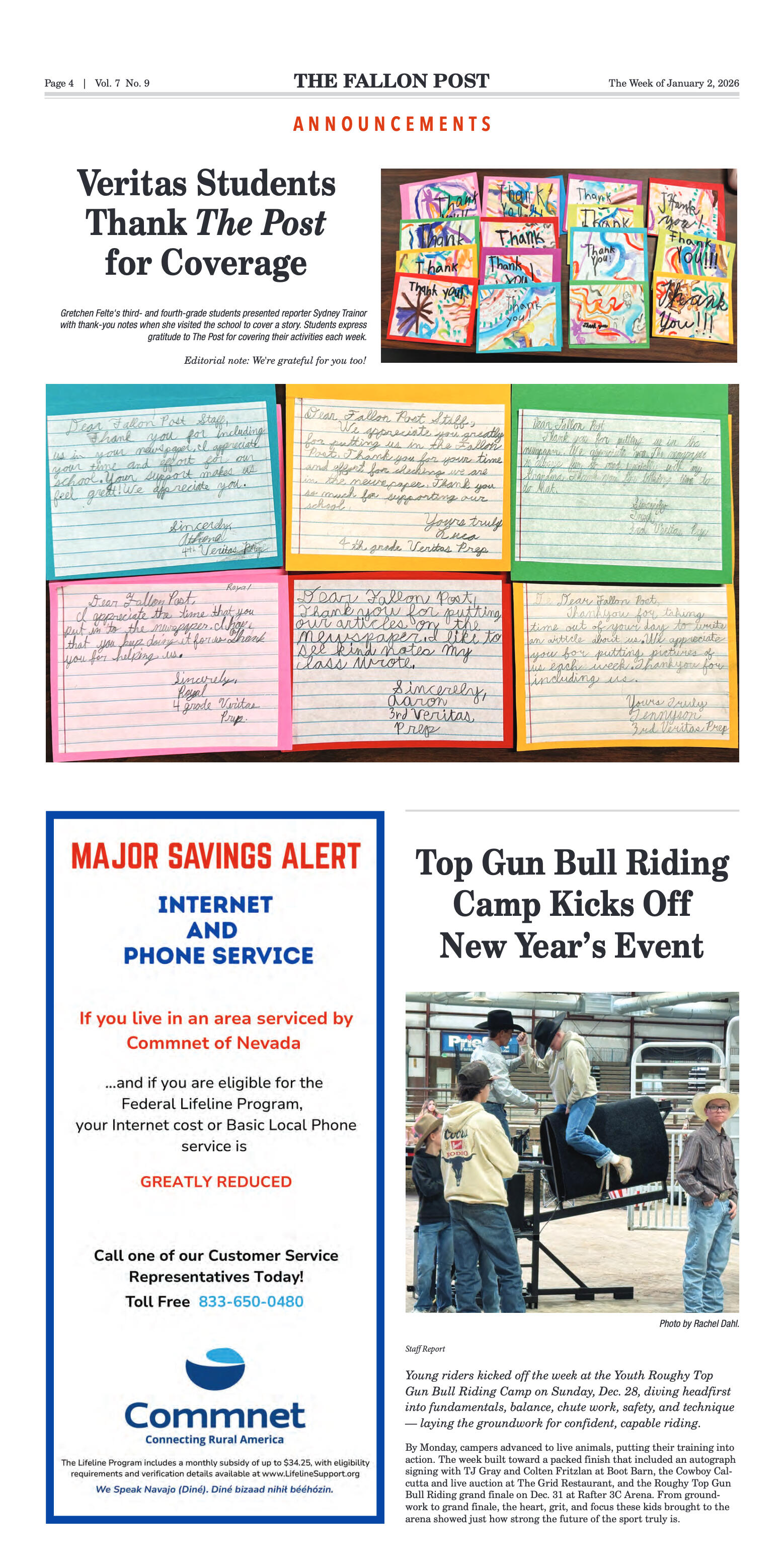


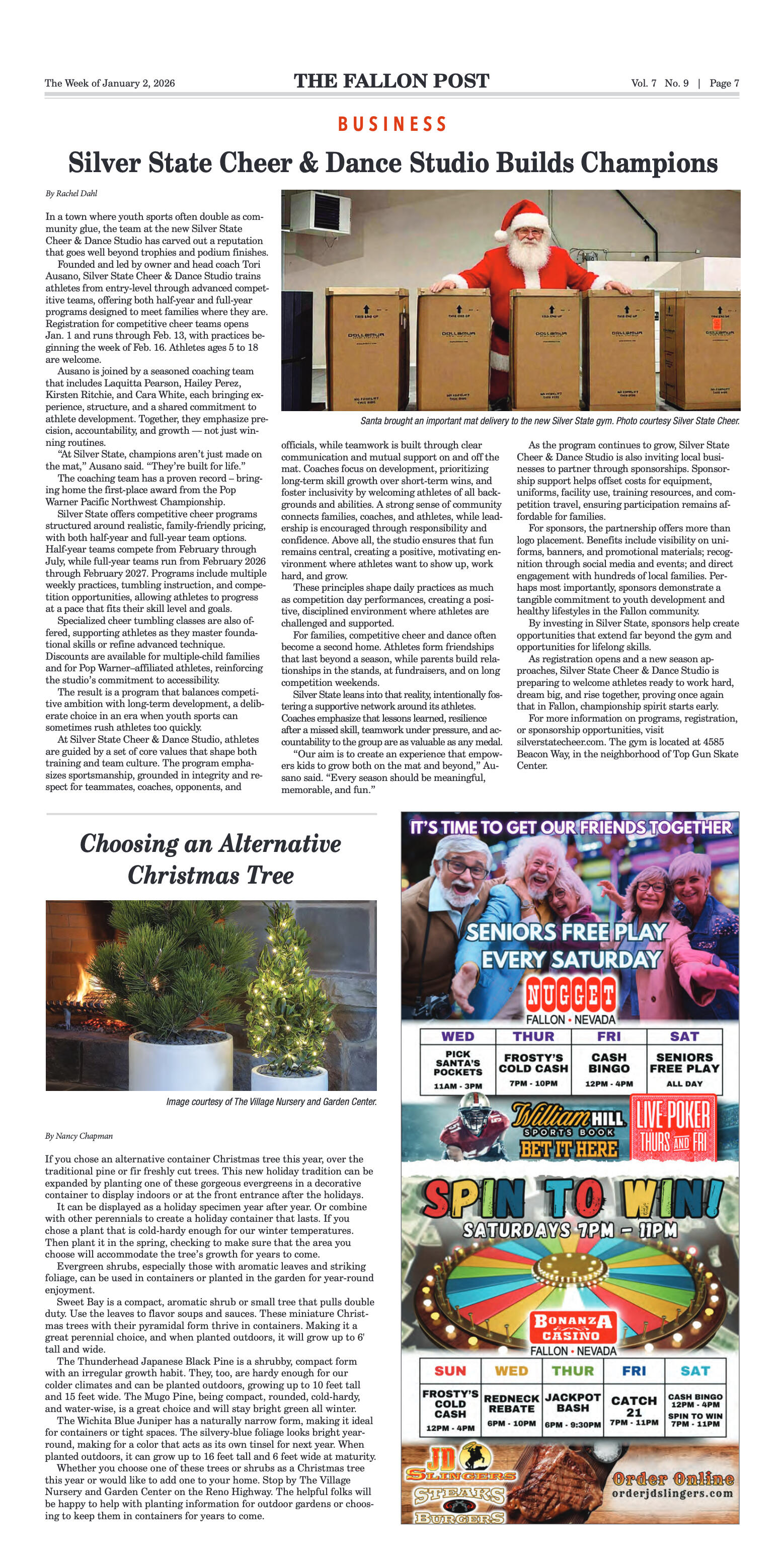
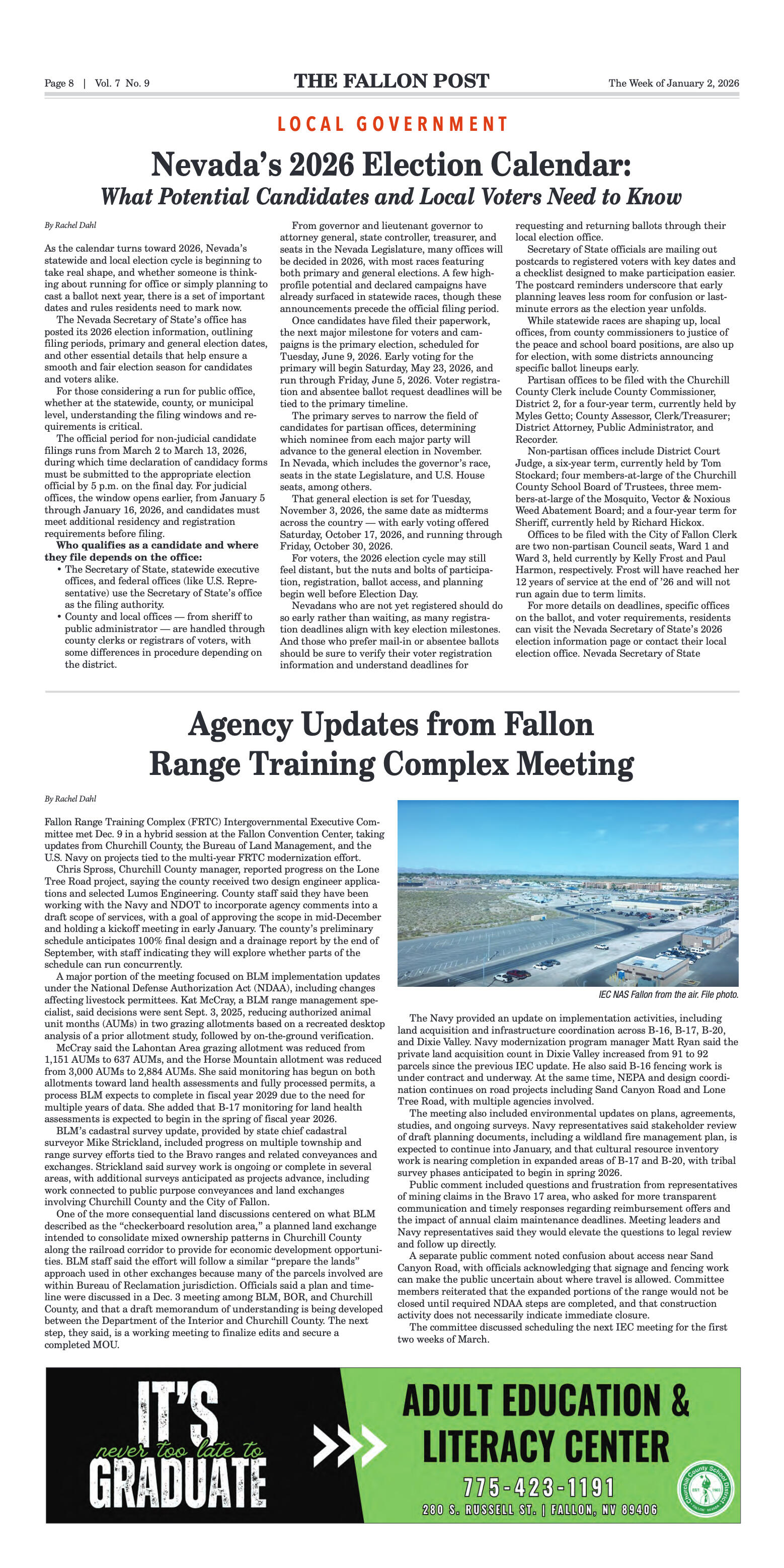
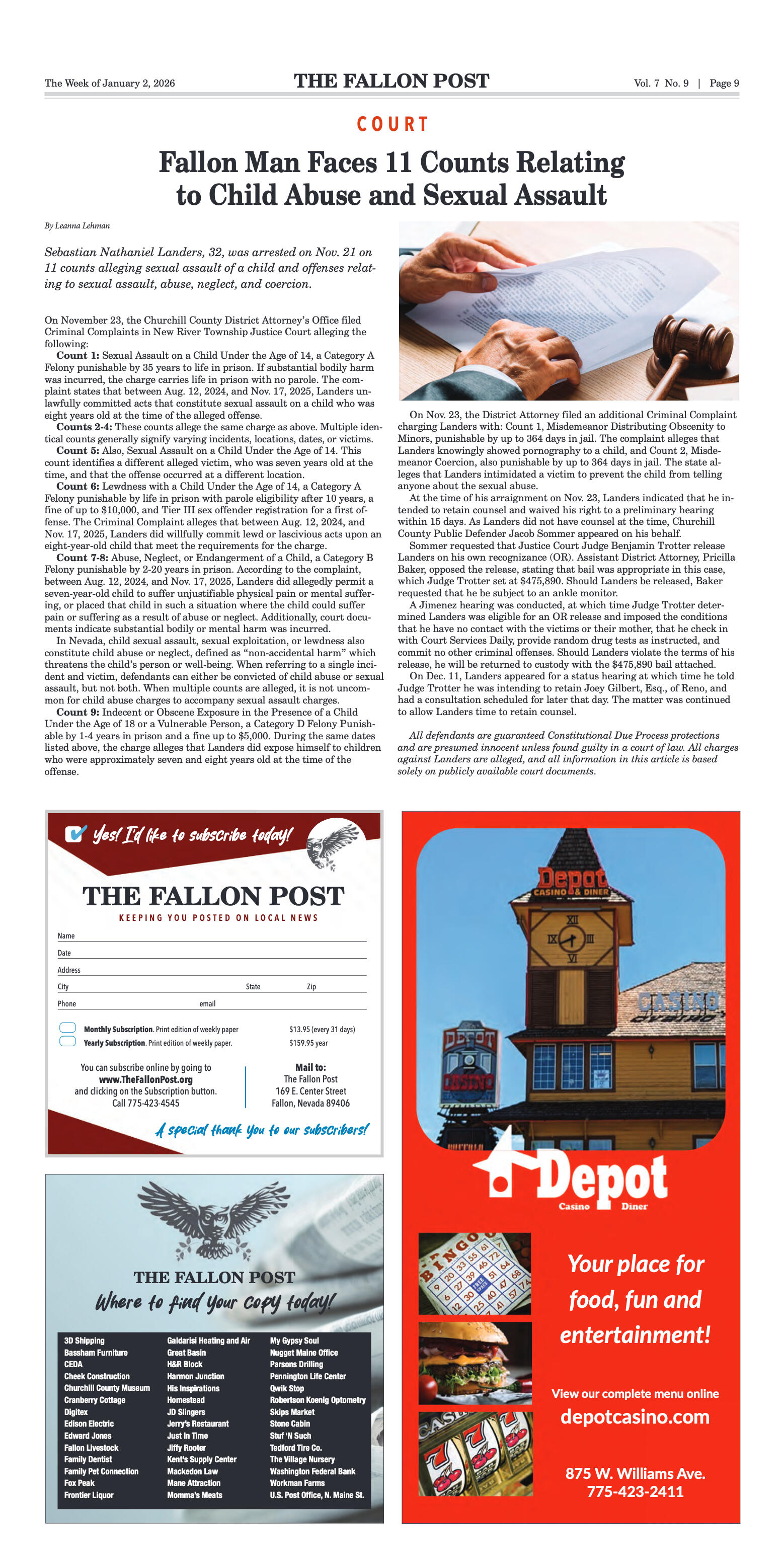




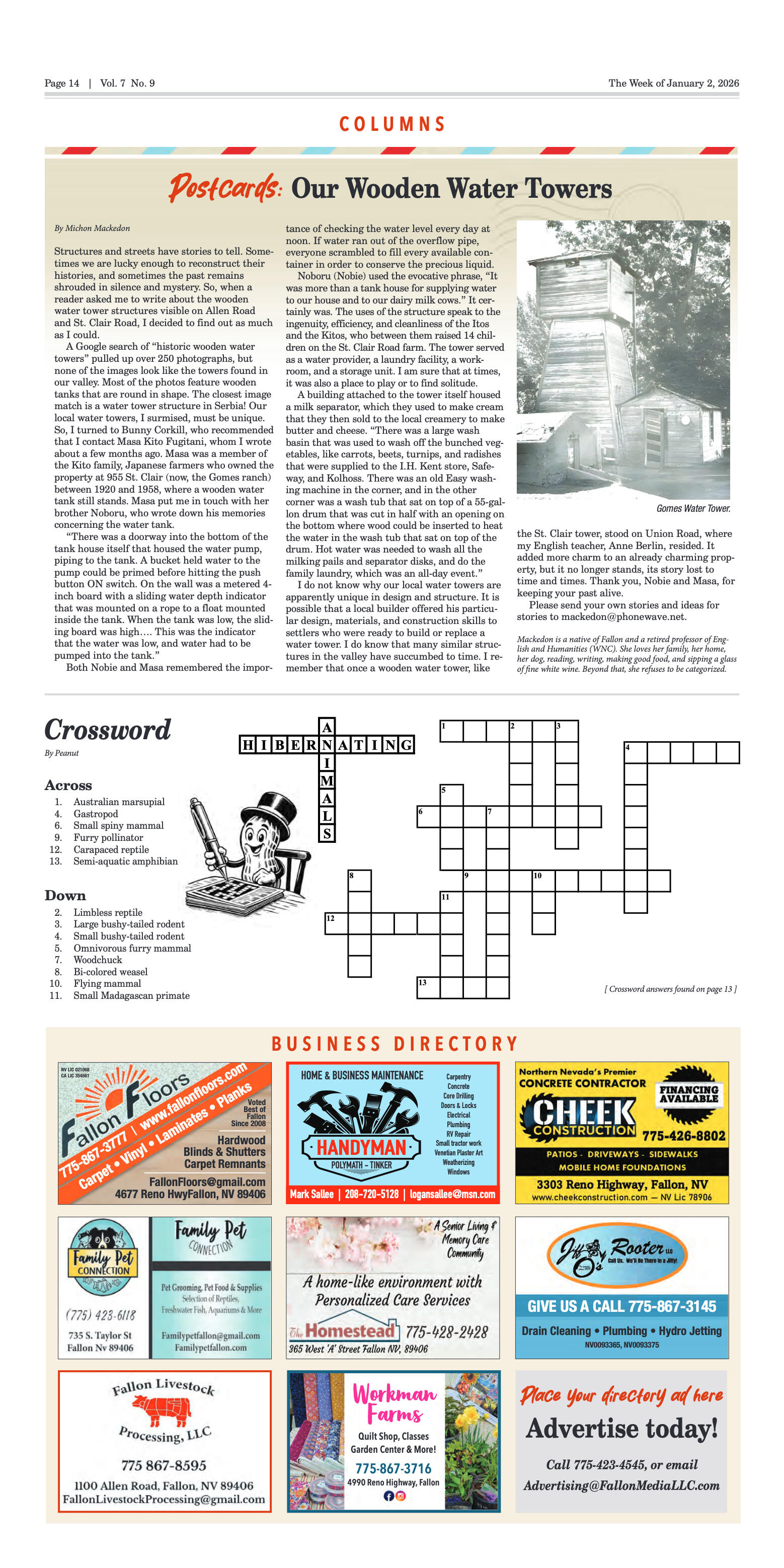
























Comment
Comments